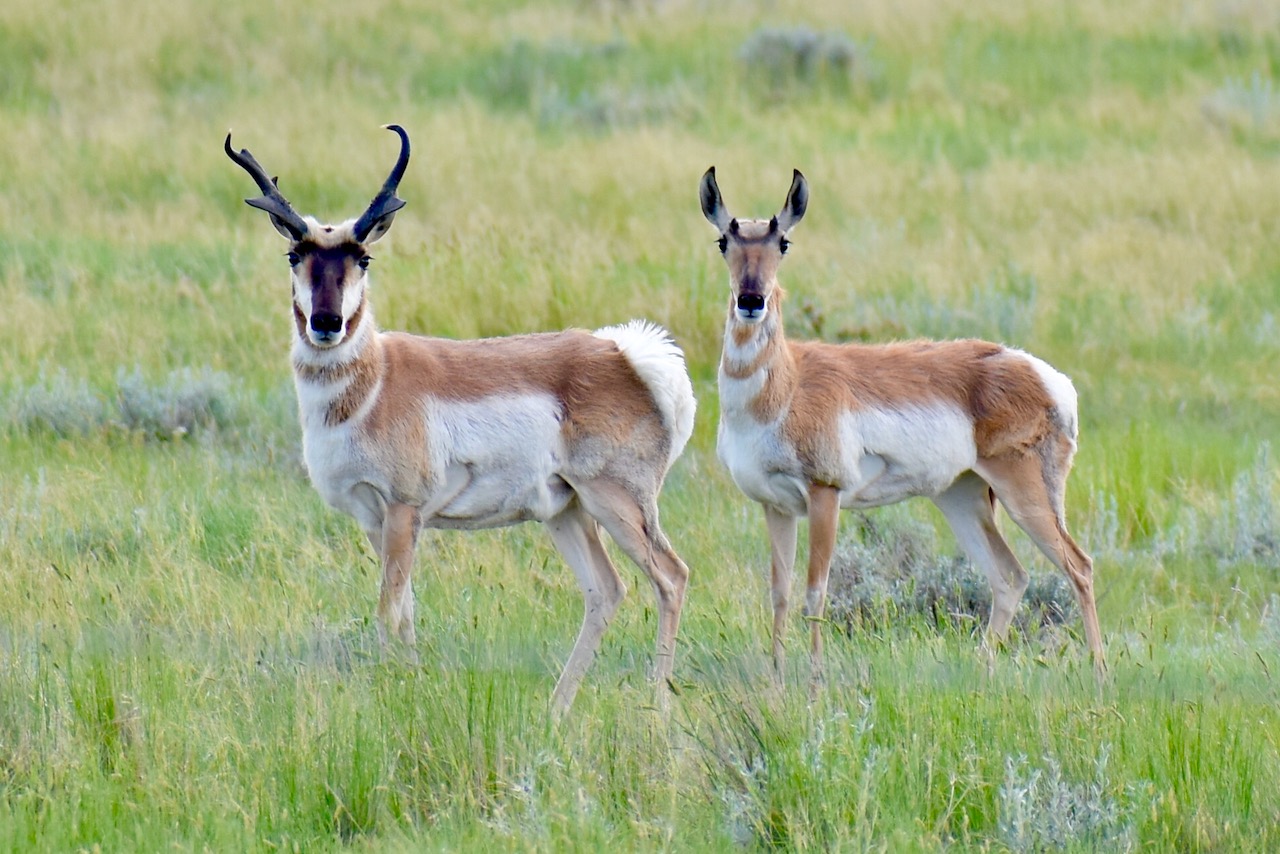SOLAR SITUATION
AWF is calling on the provincial government to pause the project until an assessment
Advertisement
The Alberta Wildlife Federation is concerned that a massive solar farm slated to be built 35 kilometres southwest of Medicine Hat will have a negative impact on pronghorn migration routes in the province and beyond. The project was granted conditional approval by the Alberta Utilities Commission near the end of March.
Calgary-based Horizon Energy’s proposed Aira Solar project will include more than one million solar panels, covering 1,800 hectares within an international migration corridor for pronghorn, notes the AWF’s CEO, Kelly Carter. “It’s one of many being built or that are already in place across Alberta’s grasslands just south of Medicine Hat,” he says. “When you look at the collective effect of all these projects, they can cause a pretty significant fragmentation of the landscape.”
Advertisement
Along with the Alberta Wilderness Association and other conservation organizations, the AWF is calling on the provincial government to pause the project until a cumulative effects assessment is completed. The contentious issue with the Aira project is that it calls for 42 kilometres of two-metre-high chain-link and barbed-wire fencing, which would be impenetrable to wildlife.

As pronghorn are North America’s fastest land mammals, capable of reaching speeds of up to 88 kilometres an hour, they need a lot of space to be able to roam unimpeded, Carter says. “You can imagine how much space is required to sustain a population.”To escape the prairie’s harsh winters, meanwhile, pronghorn also migrate south in the fall then head north again in the spring. Their traditional migration routes stand to be impacted by the proposed solar farm because the fenced-in areas would block them and other ungulates from crossing the project’s territory.
“These are traditional routes that are being used by wild animals and they need to be protected,” Carter says. “If they hit a fence and disperse, who knows what the impact would be.” He stresses the AWF supports renewable energy projects—if they do not negatively impact wildlife.
Advertisement
Learn more about the AWF’s programs and positions at www.albertawildlifefederation.ca.
